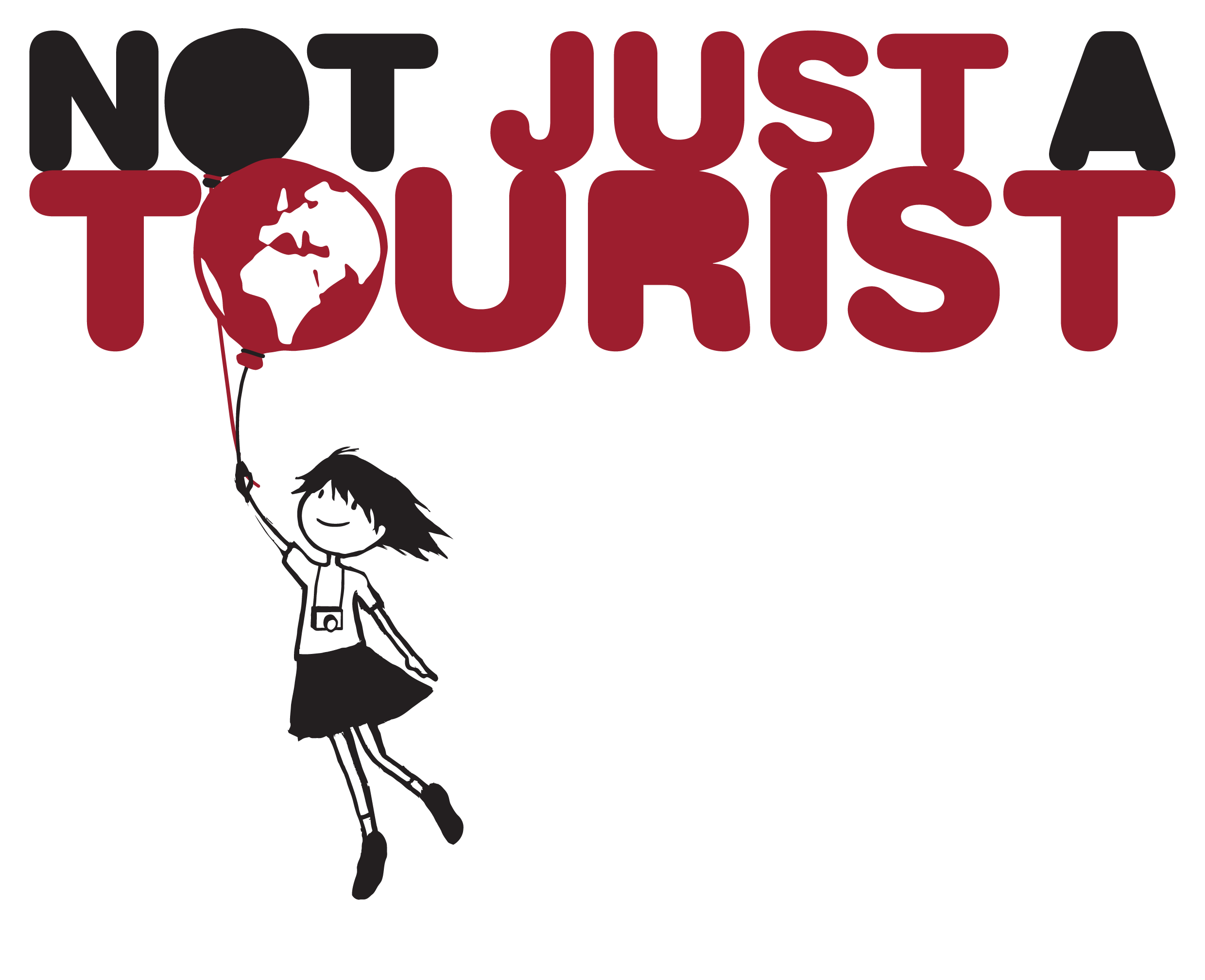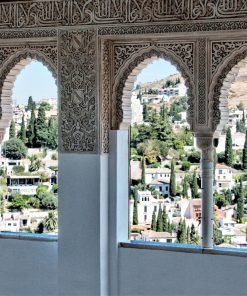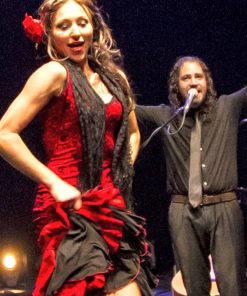Why You Should Visit the Alameda
Seville is famous for its cathedral and historic sites. But while the ‘monumental area’ is where the action used to take place in Seville, people searching for today’s social centre will be drawn to the Alameda de Hercules. The long promenade has had a varied history, but today is THE place for anyone who considers themselves hip and trendy, containing some of the best bars in Seville.
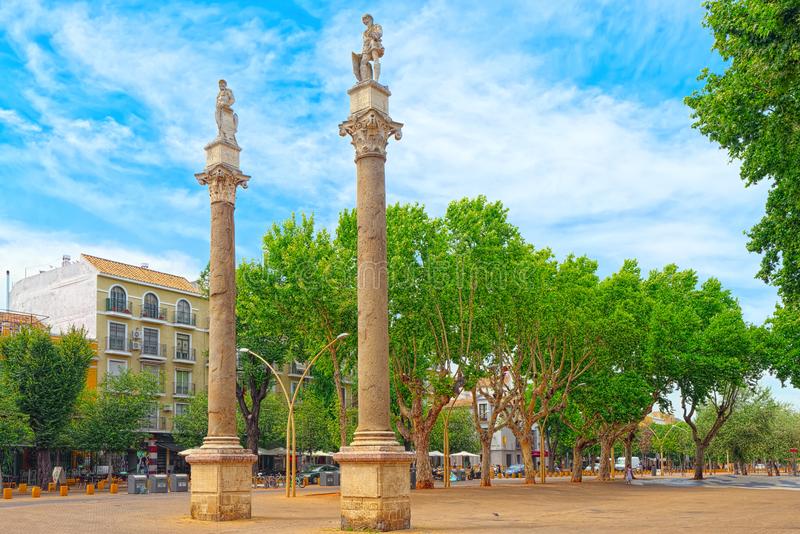
The History
While the Moors resided in Seville, the area where the Alameda de Hercules now is, was the eastern-most branch of the river. However, in 1383, this branch of the river was damned and subsequently turned into a marshland fed by aquifers and the frequent flooding of the River Guadalquivir. It wasn’t until 1574 that the powers that be decided to do anything about it. Irrigation channels and fountains were built, and rows of poplar trees were built to further drain the water. It’s these trees that give the area its name ‘La Alameda’. This devolves from the word Álamo which is Spanish for Poplar. Today, in Spain, Alameda simply signifies a tree-lined promenade. The Hercules part comes from the four columns, two at either end. These signify the Pillars of Hercules and have statues of the cities mythological founder (Hercules), and it’s actual founder (Julius Caesar) on top.
This park was the first of its kind, and the leafy promenade became Europe’s first public gardens. However, the years weren’t kind. What was a well-to-do area for the cities respected citizens to take a stroll in the sixteenth century had become rather run down by the twentieth. After the civil war, the area was neglected and become the red light district. In 1989, thirty-five brothels were counted on the Alameda de Hercules!
The fortunes of the Alameda de Hercules were restored thanks to the World’s Fair. The international exhibition came to Seville in 1992, and the chosen site for it lay across the river. The city’s authorities didn’t want people visiting Seville getting the wrong impression. As the Alameda would have been the first area visitors to the World’s Fair would have encountered on their way into the city, a large fund was given to tidy the area up. The poplar trees were replanted, fountains and kiosks were added to the centre, road traffic was limited, and, most crucially, grants were given for aspiring businesspeople to set up cafe´s, clubs, and the like.
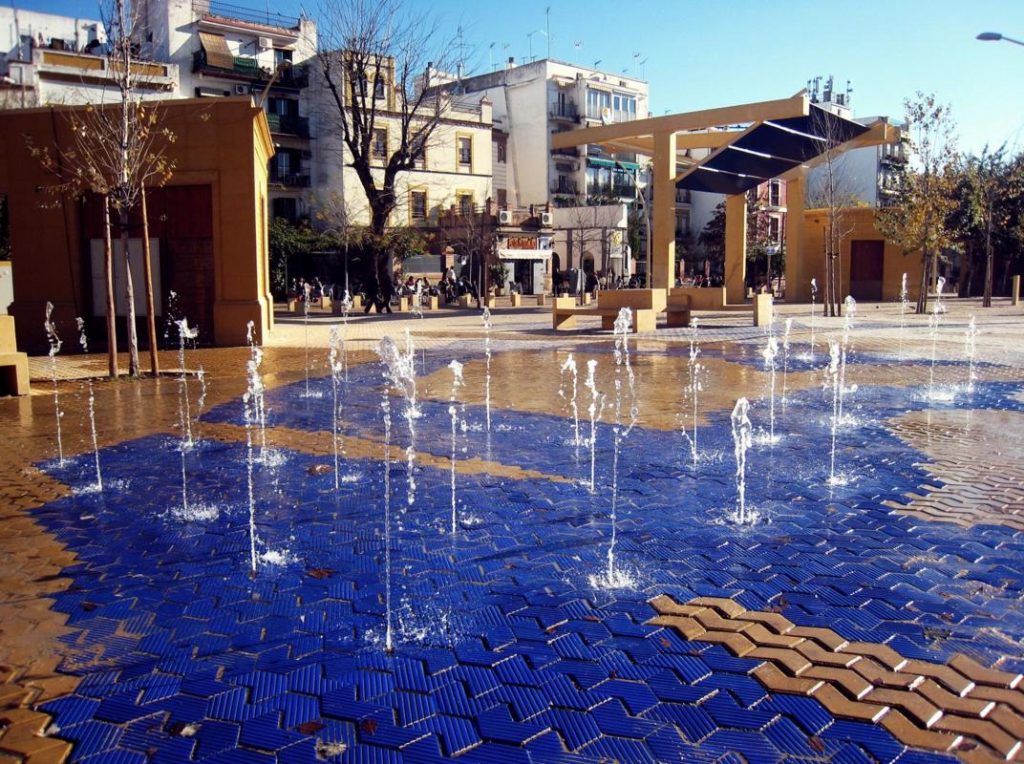
The Best Bars in Seville
The Alameda you’ll find today, then, is one with a family vibe in the days, but one filled with the students during the night. Completely safe at any time of the day or night, you’ll find some of the best bars in Seville on the Alameda de Hercules. Should you wish to see how Sevillanos live day to day, this is the place to come. Some of the best tapas in the city can be found here in places like Las Columnas, and Arte y Sabor. What’s more, there is a varied selection of bars around for those who simply want a drink, from the punk La Señora Pop, to the cosmopolitan Cafe Hercules, it can’t be denied that if you want a good time, the best bars in Seville are in this neighbourhood.
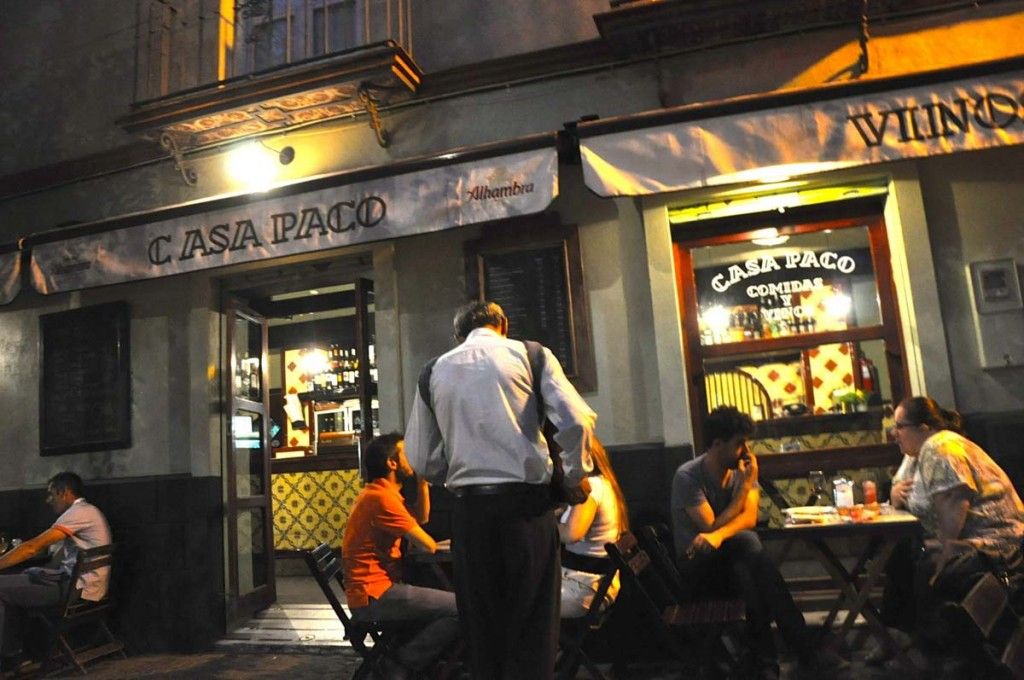
The People
This is the social hub for everyone, not just families and students. This is also the city’s main gay quarter. It is far from unusual to see people and businesses proudly waving the rainbow flag in the Alameda de Hercules. There are, in fact, several gay bars in this area.
Should you stray away from the Alameda de Hercules, and into the surrounding area, you’ll come across Calle Feria. This historic street is home to Seville’s oldest market and is as much alive today as it’s ever been. Continuing the theme of the Alameda, along Calle Feria you will find many one of a kind bars, shops, and cafes to explore. Calle Feria is a street which you could spend your life getting to know. What’s more, at the far end of Calle Feria lies the Basilica de la Macarena, one of the most famous churches in Seville.
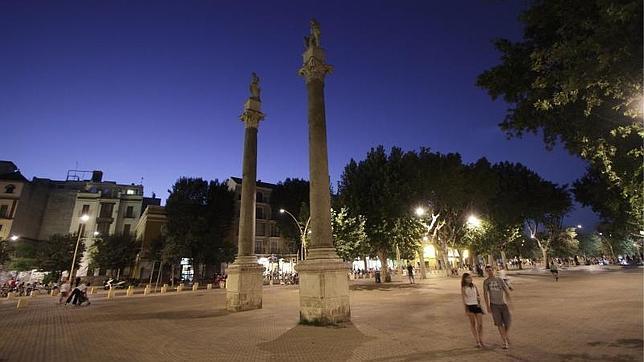
So then, why visit the Alameda de Hercules when you’re in town? Why not!? Head to the area for the history, the food, the people, and the experience. The best bars in Seville are here, the most colourful parts of the city’s history are here, and the local people are here. Whatever slice of Spain you’re in search of whilst in Seville, you will find it in the Alameda de Hercules.
Davey Womack is a tour guide and avid traveller. To read about his adventures around the world, visit his personal blog.
